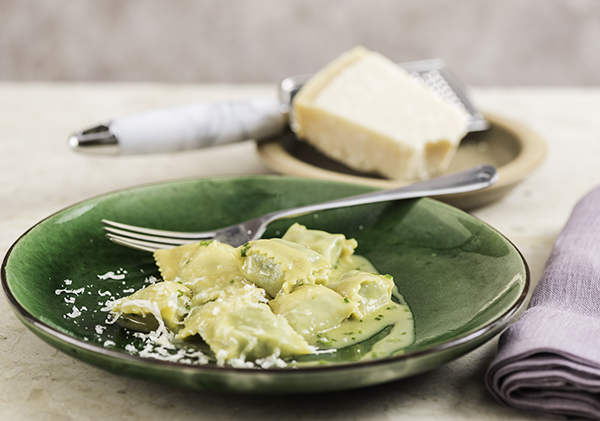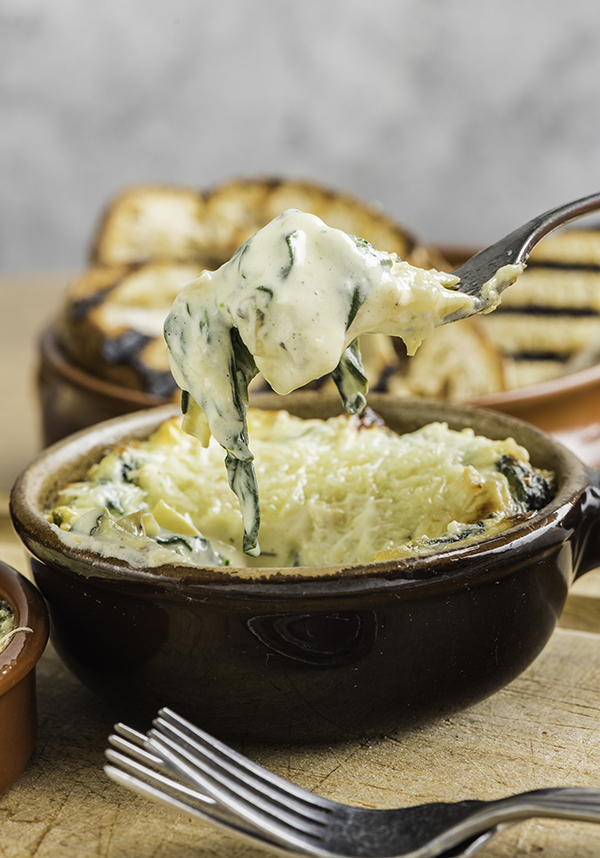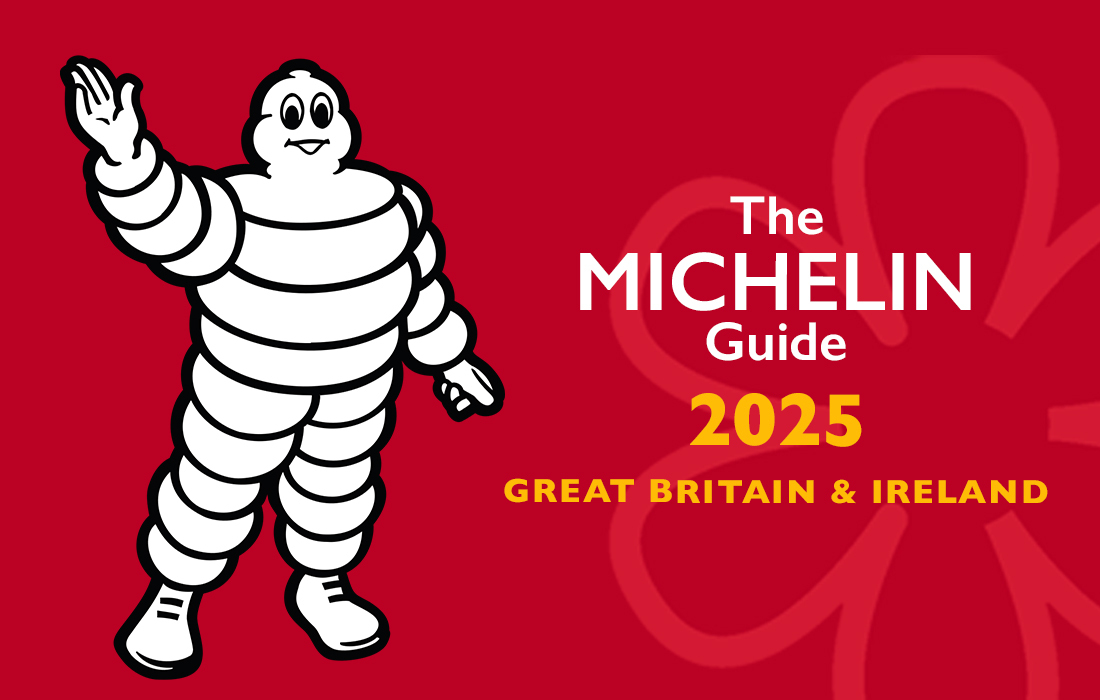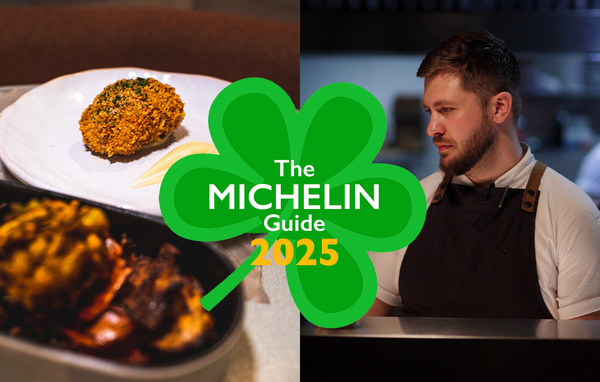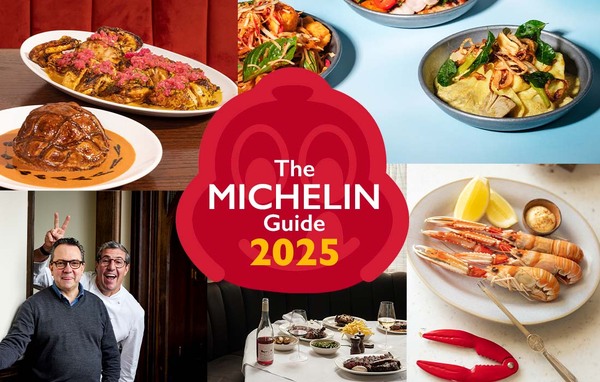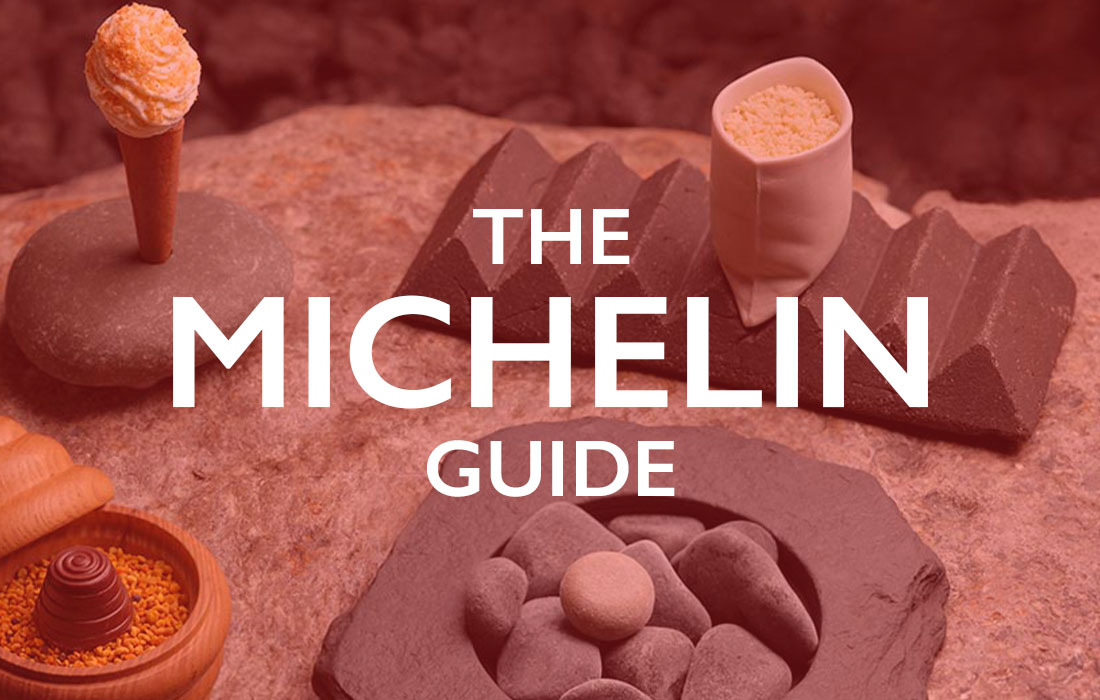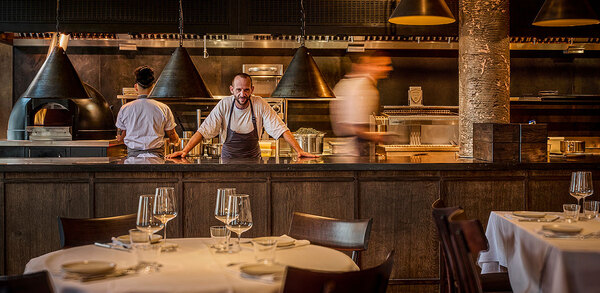Home-grown harvest: spinach
One of the most versatile leaves in a chef's arsenal, spinach can make a nutritious addition to any meal or take a starring role in a complex dish. Russell Brown reports
Spinach is thought to have arrived in the UK by the 14th century, probably brought through Europe by the Arabs or the Crusaders. It also gets a mention in the first recorded English cookbook The Forme of Cury, a manuscript written by the master cooks of King Richard II, in which spinach was referred to as ‘spinnedge'. When Florence-born Catherine De Medici became Queen of France in 1533, she supposedly insisted on spinach being served with every meal, hence the French culinary reference ‘à la florentine' meaning ‘cooked with spinach'.
The key British season for spinach is March to June for fresh, tender, young leaves. As with the majority of produce, however, the lines are decidedly blurred and product is available for much of the year. As far as chefs are concerned, spinach falls into two categories: large leaf and baby leaf. Baby leaf spinach is often sold bagged and requires little in the way of preparation beyond a good wash. The large leaf option needs the thick stalks removing but these leaves wilt down less and give a greater surface area if you are using spinach for wrapping or lining.
Spinach features in cuisines all over the world and its uses are extensive. Indian, Italian and classic French cuisines all use spinach in myriad ways: as fillings for pasta, in curries, for wrapping terrine inserts, for lining mousse moulds, for dips, sauces and soups.
In the modern British kitchen, too, spinach is used in all sorts of ways. A brief search online will reveal hundreds of recipes but soups, pasta dishes, tarts, pies, curries and egg dishes crop up time and again.
MasterChef 2009 winner Mat Follas from the Bramble Cafe & Deli in Poundbury, Dorset, likes to dehydrate spinach and mushrooms before powdering them to use as a savoury seasoning. Nick Galer at the Miller of Mansfield, Goring-on-Thames, Reading, uses spinach as the base for herb purées such as tarragon and parsley, and also as a side dish with confit shallot, rapeseed oil and crispy capers. Mark Hartstone at La Fosse in Cranborne, Dorset, stirs wilted baby spinach through orzo pasta with garlic and tomato for a quick but flavour-packed dish. Paul and Donna Berry at the Swan in Bampton, Oxfordshire, are working on a cannelloni filled with spinach, mushroom and feta topped with a vegetarian bolognese-style sauce, while Bjørn Moen at Pattard Kitchen in North Devon says it gives great flavour and colour to homemade gnocchi.
This is the last in the current run of Home-grown Harvest. I have had huge support and help with this column, from the chefs who have shared their ideas to the growers I have visited, from all at The Caterer and also Total Produce for all the market information, particularly from the late and much-missed Charlie Hicks, whose enthusiasm and knowledge of fresh produce was immense and utterly inspiring - thank you all.
Market report Loose spinach is around £2.80 per kg. Pre-packed spinach is 70p-80p per pack of 200g. This price should drop going into the summer.
Ashley Clemence (www.totalproducelocal.co.uk)
Buying and storage tips
⢠Leaves should be vibrant and crisp.
⢠Bagged spinach should have no signs of liquid in the bag.
⢠Store in the refrigerator.
⢠Large leaf spinach can be picked, washed and spun dry with a salad spinner before storing in sealed tubs in the fridge.
⢠Buy little and often if possible - the fresher the better.
Spinach and ricotta agnolotti with chive butter sauce
Serves 6 as a starter
For the agnolotti filling
250g ricotta, drained
1 egg yolk
65g Parmesan or Old Winchester, finely grated
200g spinach, wilted and excess water squeezed out
Maldon sea salt and freshly ground black pepper
Grated nutmeg
Egg yolk wash to assemble
For the vegetable stock reduction
100ml Noilly Pratt
250ml dry white wine
750ml fresh vegetable stock
For the pasta dough
300g 00 flour
3 eggs
For the chive butter sauce
6tbs vegetable stock reduction
75g unsalted butter, chilled and diced
1tbs chopped chives
Maldon sea salt
To serve
Parmesan or Old Winchester
Extra virgin olive oil
First make the agnolotti filling. Push the ricotta through a sieve and blend in the egg yolk and grated cheese. Finely chop the spinach and add to the ricotta mix. Season well with salt, pepper and nutmeg. The mix should almost taste over-seasoned to come through the pasta. Transfer the mix to a piping bag with a 1cm plain nozzle.
Next, make the reduction. Reduce the alcohols in a heavy-based pan to around 100ml. Add the vegetable stock and reduce by three quarters. Pass through a fine chinois and chill. The reduction should taste intense and fairly sharp. It will keep in the fridge for 10 days.
Make the pasta dough by incorporating the eggs into the flour a little at a time and knead until smooth. Leave to rest, covered in the fridge, for half an hour.
Roll out the pasta dough to the point where you can just see your fingers through it. Pipe a line of the filling 2cm in from the long edge nearest you. Egg wash lightly and fold the pasta over as if making a sausage roll. Trim the pasta off using a fluted pastry wheel a thumbs-width beyond the far edge of the ricotta tube. If the pasta is wide enough, reserve to repeat, keeping the pasta covered with clingfilm while you are finishing the first strip.
Squeeze the ricotta tube at 2cm intervals to leave sealed sections clear of filling. Divide into individual pieces by cutting in the gaps with the fluted cutter, using your other hand to help the pasta turn over, creating the pocket as it is sealed. Transfer the agnolotti to a semolina-covered tray and store uncovered in the fridge. The pasta can be kept like this for two days. It can also be blast-frozen and stored in the freezer.
For service, heat the vegetable stock reduction and whisk in the cold diced butter to form an emulsion. Add the chives and season to taste.
Cook the pasta in boiling water for 2-4 minutes, depending on how much it has dried in the fridge. Drain lightly and add to the sauce. Serve in warm shallow bowls and garnish with a few flakes of cheese and a drizzle of best-quality extra virgin olive oil.
Spinach and artichoke dip
Serves 4-6 as a starter
For the dip
1tbs olive oil
1 clove garlic, crushed
1 banana shallot, finely sliced
250g baby leaf spinach, washed
200g chargrilled, marinated baby artichokes, cut into quarters
200g cream cheese
100g crème fraîche
2 egg yolks
50g Parmesan, finely grated
30g Pecorino, finely grated
½tsp red chilli flakes
Maldon sea salt and freshly ground black pepper
To serve
Chargrilled sourdough or flatbreads
In a sauté pan, sweat the garlic and shallot gently in the olive oil until tender. Increase the heat and quickly stir-fry the spinach until wilted.
Immediately scrape the wilted, garlicky spinach onto a chilled tray and cool, ideally in a blast chiller.
In a large bowl, mix all the remaining ingredients together. Squeeze any excess moisture from the spinach, roughly chop and fold into the cream cheese mix. Season to taste.
Divide the mixture between six ramekins and bake at 170ºC for 12-15 minutes.
Serve with the chargrilled bread or flatbreads.



